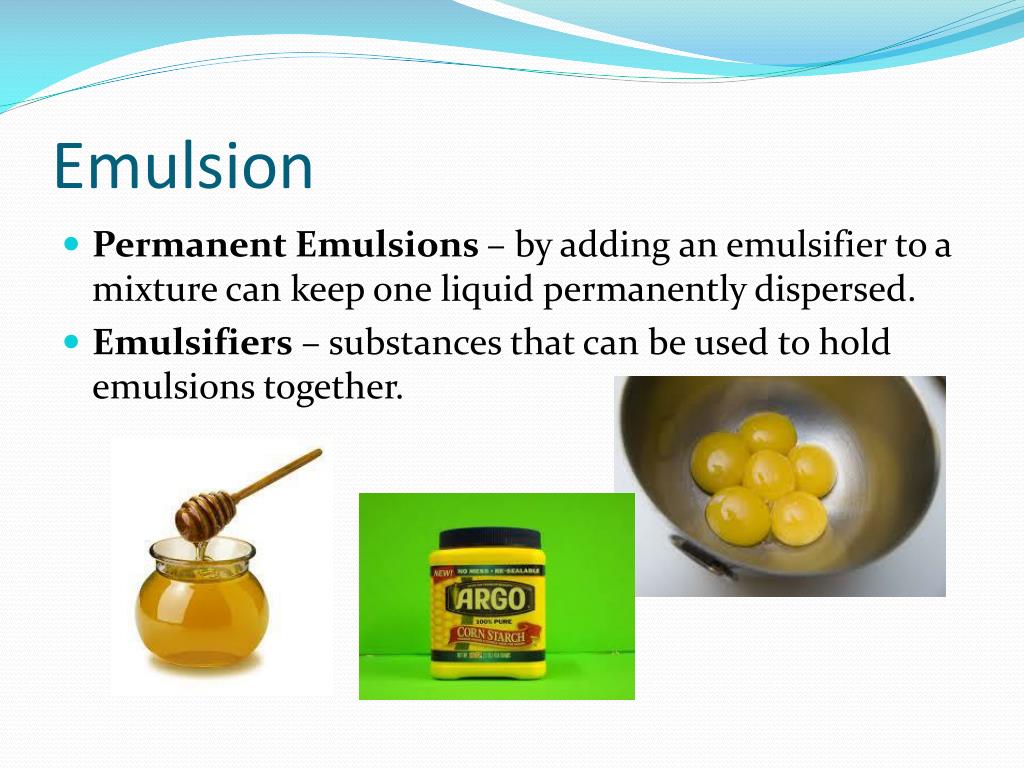


Raizada, "Assessment of chlorpyrifos toxicity on certain organs in rat, Rattus norvegicus," Journal of Environmental Biology, vol. El-Mergawi, "Safety methods for chlorpyrifos removal from date fruits and its relation with sugars, phenolics and antioxidant capacity of fruits," Journal of Food Science and Technology, vol. Tunio, "Study of Physicochemical Properties of Commercial Drinking Bottled Water Brands," Engineering, Technology & Applied Science Research, vol. Qurie et al., "Removal of chlorpyrifos using micelle–clay complex and advanced treatment technology," Desalination and Water Treatment, vol. Al-Ghouti, "Removal of pesticides from water and wastewater: Chemical, physical and biological treatment approaches," Environmental Technology & Innovation, vol. The results of this work can be extended to the removal of other types of pesticides from wastewater.Įmulsion liquid membrane, chlorpyrifos, stability, mass transfer coefficient, extraction efficiency A study of extraction kinetics and estimation of mass transfer coefficient was also conducted (3.89×10 -9m/s). A minimum emulsion breakage of 0.66% coupled with a maximum chlorpyrifos extraction and stripping efficiency were achieved at 96.1% and 95.7% at best-operating conditions of 250/50 external-to-emulsion volume ratio, external feed solution pH 6, 250rpm mixing speed, and 1:1 internal-to-membrane volume ratio at 10min contact time without utilizing a carrier agent. Parameters such as mixing speed, aqueous feed solution pH, internal-to-organic membrane volume ratio, and external-to-emulsion volume ratio were investigated. The proposed ELM included n-hexane as a diluent, span-80 as a surfactant, and hydrochloric acid (HCl) as a stripping agent. The stability was studied in terms of emulsion breakage.

This study investigated the stability and extraction efficiency of ELM for the removal of Chlorpyrifos Pesticide (CP) from wastewater. Among the most common solids that stabilize emulsions are iron sulfide, paraffin, sand, silt, clay, asphalt, scale, and corrosion products.Įmulsions are typically treated using mutual solvents.Received: 8 October 2022 | Revised: 2 November 2022 | Accepted: 2 November 2022 | Online: 5 February 2023Ĭorresponding author: Farrah Emad Al-DamlujiĮmulsion Liquid Membrane (ELM) is an emerging technology that removes contaminants from water and industrial wastewater. Natural surfactants, created by bacteria or during the oil generation process, can be found in many waters and crude oils, while artificial surfactants are part of many drilling, completion, or stimulation fluids. However, some natural and artificial stabilizing agents, such as surfactants and small particle solids, keep fluids emulsified. Most emulsions break easily when the source of the mixing energy is removed. Emulsions are normally found in gravel packs and perforations, or inside the formation. Acidizing might change the pH from 6 or 7 to less than 4. Emulsions can form when fluid filtrates or injected fluids and reservoir fluids (for example oil or brine) mix, or when the pH of the producing fluid changes, such as after an acidizing treatment. A type of damage in which there is a combination of two or more immiscible fluids, including gas, that will not separate into individual components.


 0 kommentar(er)
0 kommentar(er)
